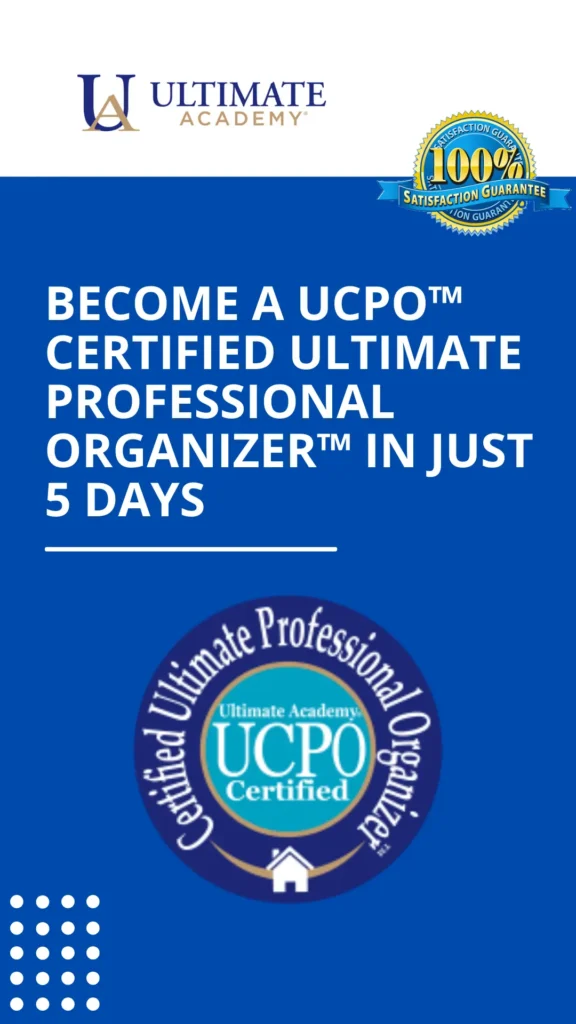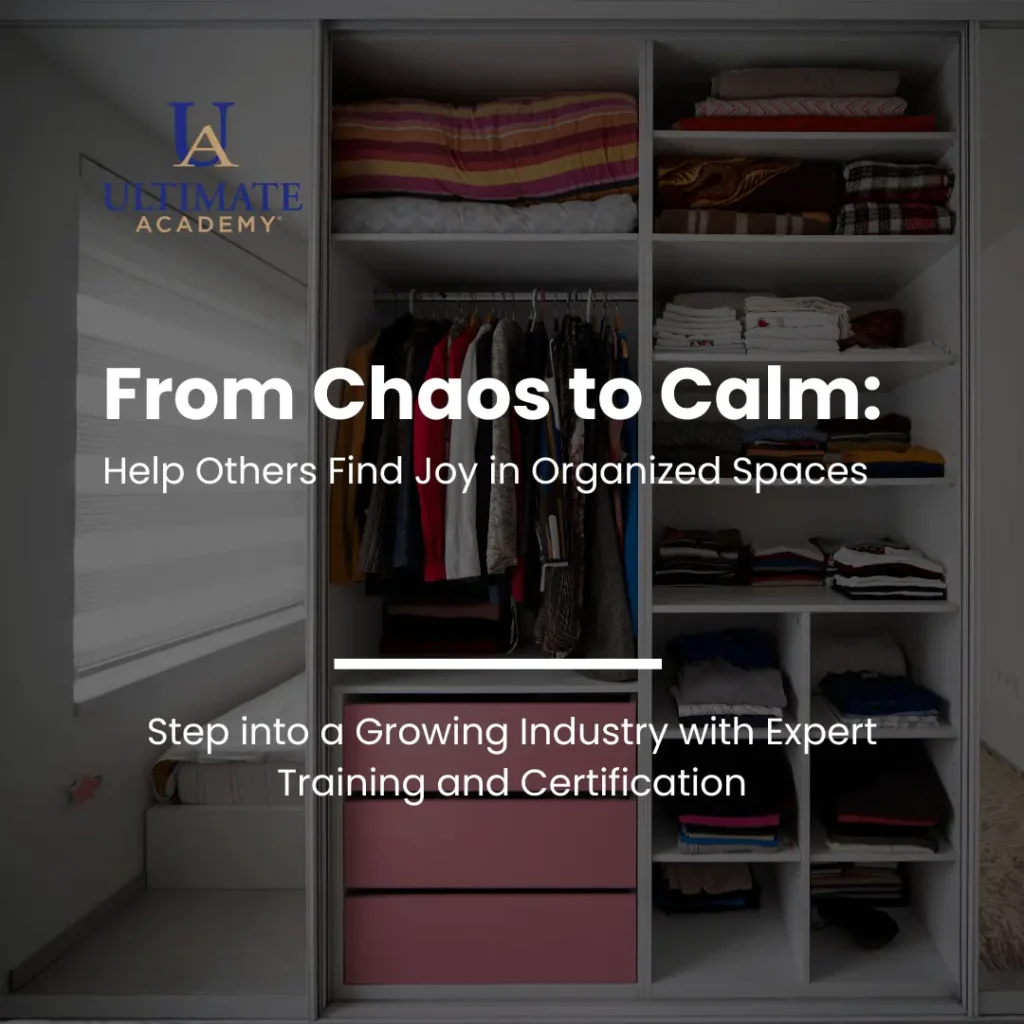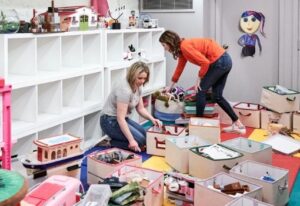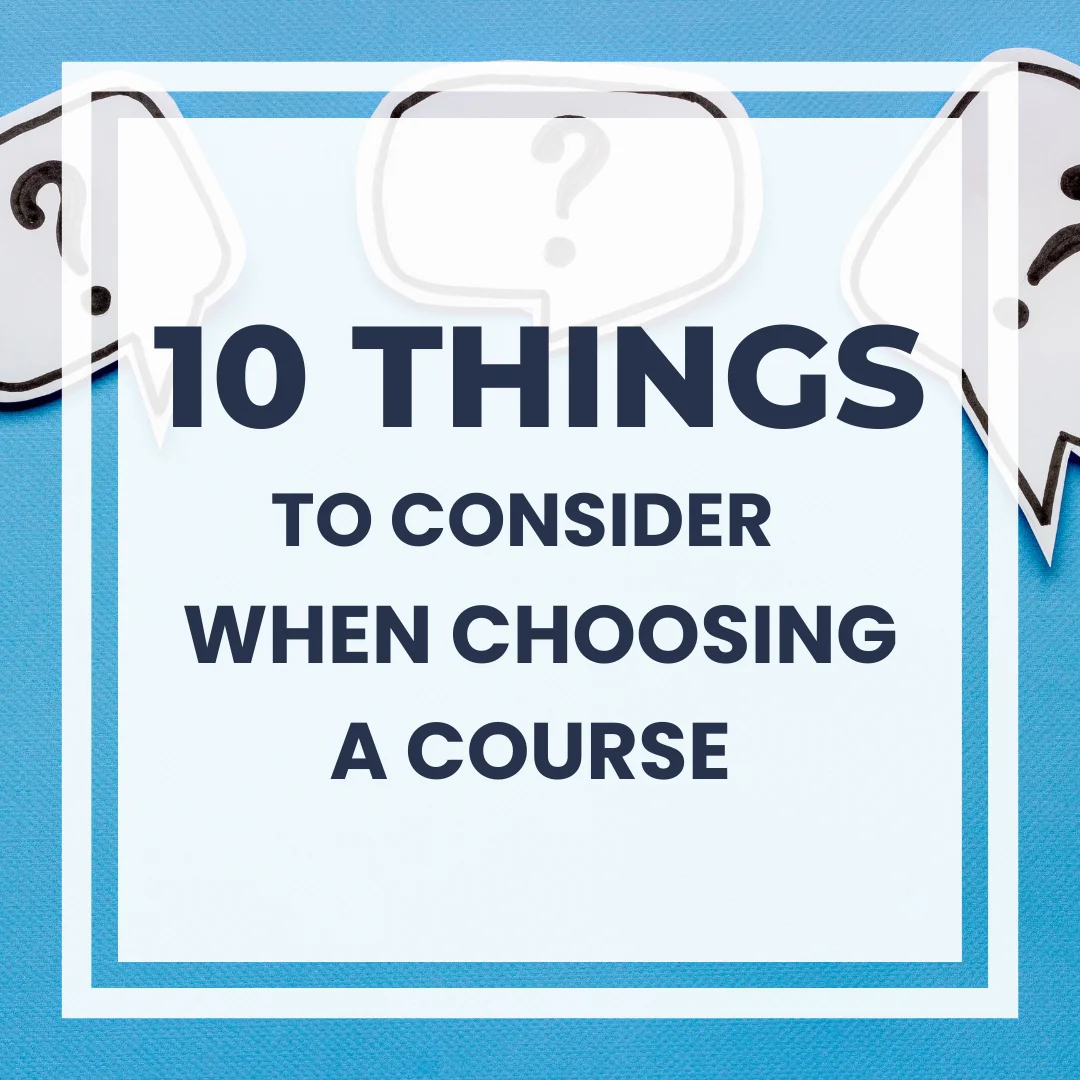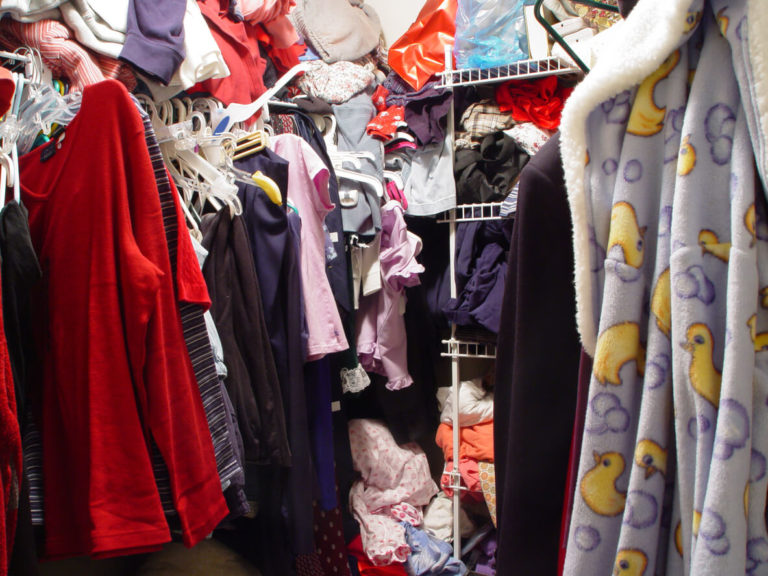Hoarding Behaviour and the
Professional Organizer
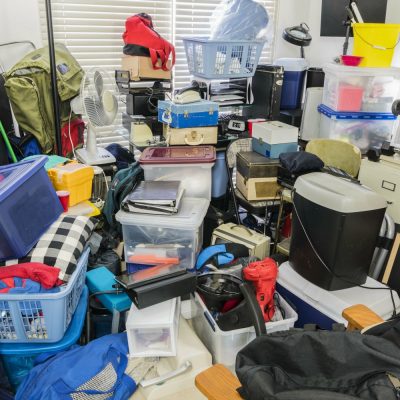
For many children, the joy of collecting is a habit encouraged by parents and relatives. Birthdays and celebrations offer thrilling opportunities to add to a cherished collection. This excitement often extends into adulthood, where collections become a part of personal style and home decor.
In the realm of interior design, the term “maximalization” circulates without negative connotation, celebrated as a style that embraces an abundance of possessions. But when does a cherished collection tip into the realm of hoarding, transforming a once joyful habit into a challenging lifestyle?
Understanding Hoarding Behaviour:
An individual displaying hoarding behaviour is one who excessively collects items and/or animals to the extent that it interferes with their daily life and wellbeing. This often results in living spaces so cluttered that their intended use is compromised, making the home unmanageable and impacting livability.
Surprisingly, up to 6 percent of the Canadian population is grappling with hoarding issues, with a noticeable trend among senior women. Factors such as isolation or decreased mobility may contribute to this phenomenon.
Thankfully, there are non-profit organizations dedicated to providing comprehensive support, from counseling and clutter coaching to occupational therapy and cleaning assistance. Their primary aim is to prevent the dire consequences of hoarding, such as eviction and homelessness, offering a lifeline not only to those directly affected but also to their families and support networks.
Diving Deeper: Why People Hoard
Hoarding behaviours are complex and unique to each individual. Contrary to common myths, hoarding isn’t always triggered by trauma or loss.
Many individuals find decision-making particularly challenging, especially when it involves parting with possessions. This indecisiveness is compounded by a lack of motivation and a tendency to become easily distracted.
For some, items serve as emotional anchors to loved ones or memories, making the thought of discarding them unbearable.
Empowering Change: Professional Organizing Strategies
Professional Organizers play a crucial role in addressing hoarding behaviour. Their approach is empathetic and patient, recognizing that criticism or forceful attempts to declutter can be counterproductive. Here are some strategies Professional Organizers employ:
- Start Slowly: Begin with manageable tasks to minimize anxiety and build trust.
- Break It Down: Divide large projects into smaller, more manageable tasks to maintain focus.
- Plan and Prioritize: Develop an organizing plan to guide the decluttering process.
- Adopt “Handle It Once” Strategy: Encourage decisive action on whether to keep or discard items to overcome decision paralysis.
- Personalize the Process: Use metaphors like treating items as friends, strangers, or acquaintances to simplify decision-making.
- Minimize Loss: Suggest photographing items with sentimental value before parting with them, softening the sense of loss.
Certified Ultimate Professional Organizers™ are equipped to help individuals navigate the complexities of hoarding, transforming cluttered spaces into organized, livable homes. Through dedicated support, they assist in prioritizing possessions, creating functional living spaces, and fostering a healthier lifestyle, one item at a time.
Embarking on a Journey to Clarity
If you or someone you know is struggling with hoarding behaviour, remember that help is just a click away. Professional Organizers offer the expertise and empathy needed to reclaim space and peace of mind.
Collecting can be a joyful part of life when balanced with thoughtful organization. Let’s embrace the beauty of our possessions without letting them overshadow our homes and lives.
Frequently Asked Questions About Hoarding
Stopping hoarding behaviour is a gradual process that requires time, commitment, and often external support. It’s important to acknowledge that change won’t happen overnight and that progress may be slow.
Starting with small, manageable tasks can help create a sense of achievement and motivation. Additionally, working with a Professional Organizer can be immensely beneficial. These experts guide you at your own pace, ensuring the process is comfortable, meaningful, and educational.
Professional Organizers can help you develop strategies to make decisions about what to keep and what to let go, organize your possessions more effectively, and maintain a clutter-free space. Remember, overcoming hoarding is not just about decluttering your space but also about understanding and addressing the underlying issues that contribute to hoarding behavior.
- First Stage: Clutter is not excessive, and the home is maintainable, but there are signs of hoarding tendencies, such as difficulty discarding items.
- Second Stage: The clutter is more noticeable, affecting the functionality of some living spaces. There may be some neglect of household maintenance.
- Third Stage: Clutter significantly impacts the functionality of many rooms. There may be visible clutter outside the house, and maintenance issues become apparent.
- Fourth Stage: The hoarding severely affects the livability of the home. There are significant sanitation issues, and the structure of the home may be compromised.
- Fifth Stage: The highest level of hoarding, where the house is essentially uninhabitable. There may be serious safety and health hazards, such as structural damage, mold, and vermin infestation.
Awareness among hoarders about their condition varies.
Some individuals recognize that their behaviour is problematic and may feel overwhelmed or embarrassed by their inability to manage it.
Others may not acknowledge the severity of their situation, often due to a strong emotional attachment to their possessions or a belief that they will need their items in the future. This lack of insight can make addressing the problem more challenging.
When communicating with someone who hoards, it’s crucial to avoid statements that could be perceived as judgmental or dismissive. Here are some phrases to avoid:
- “Just throw it all away.”
- “Your house is a mess.”
- “Why can’t you just stop hoarding?”
- “I wouldn’t live like this.”
Such statements can make the individual feel defensive and less likely to seek or accept help.
Helping someone with hoarding behaviour requires patience, empathy, and understanding. It’s important to be a good listener and offer support without judgment. Acknowledge their feelings and the difficulty of the situation, and encourage them to talk about their experiences.
Instead of focusing solely on the clutter, try to understand the emotional attachments to their possessions. Offering to help them find resources or professional support, such as a therapist or a Professional Organizer, can be very beneficial. These professionals can provide the necessary guidance and strategies to manage hoarding behaviour effectively.
Remember, the goal is to support them in making decisions that are in their best interest, at a pace that feels right for them.
